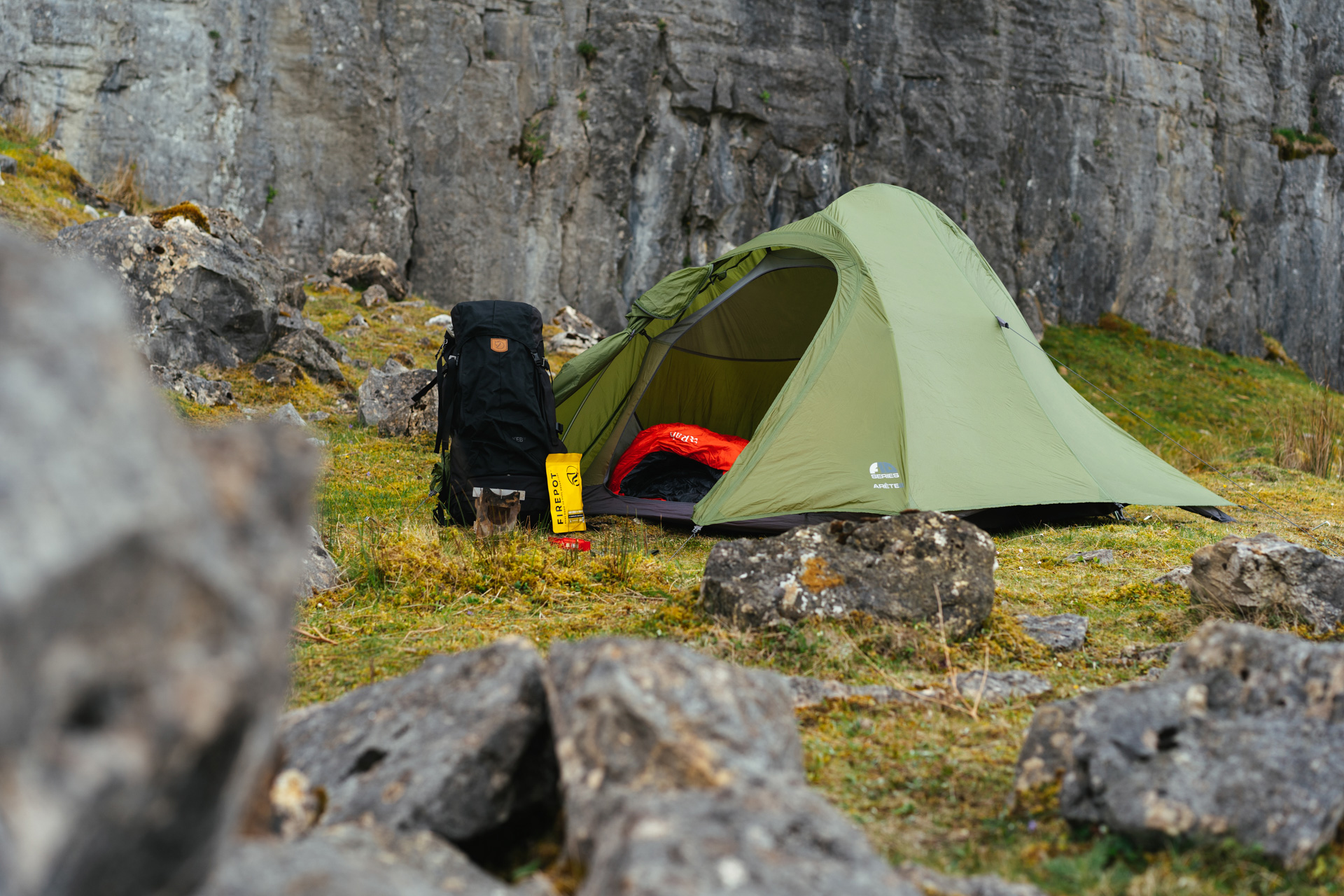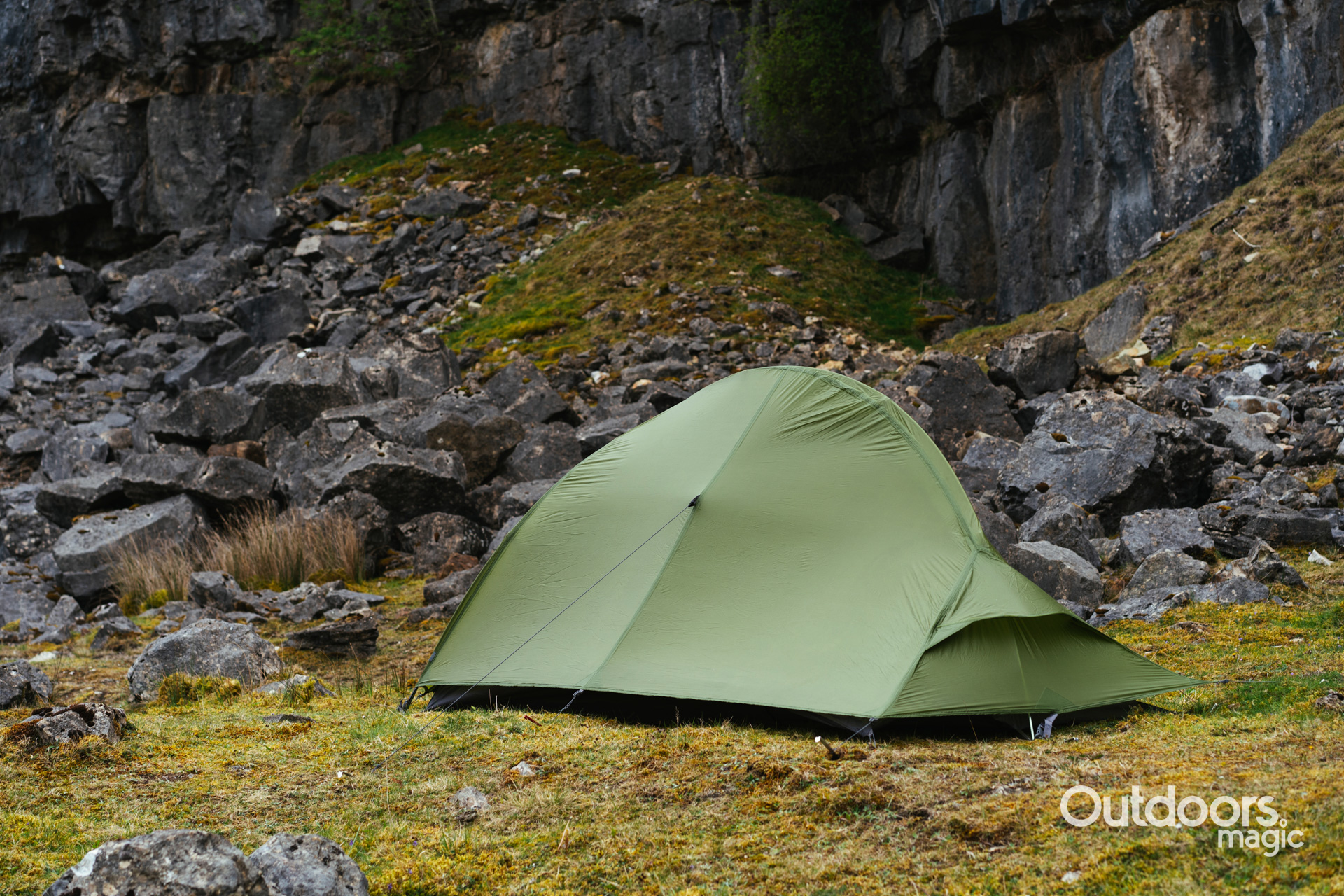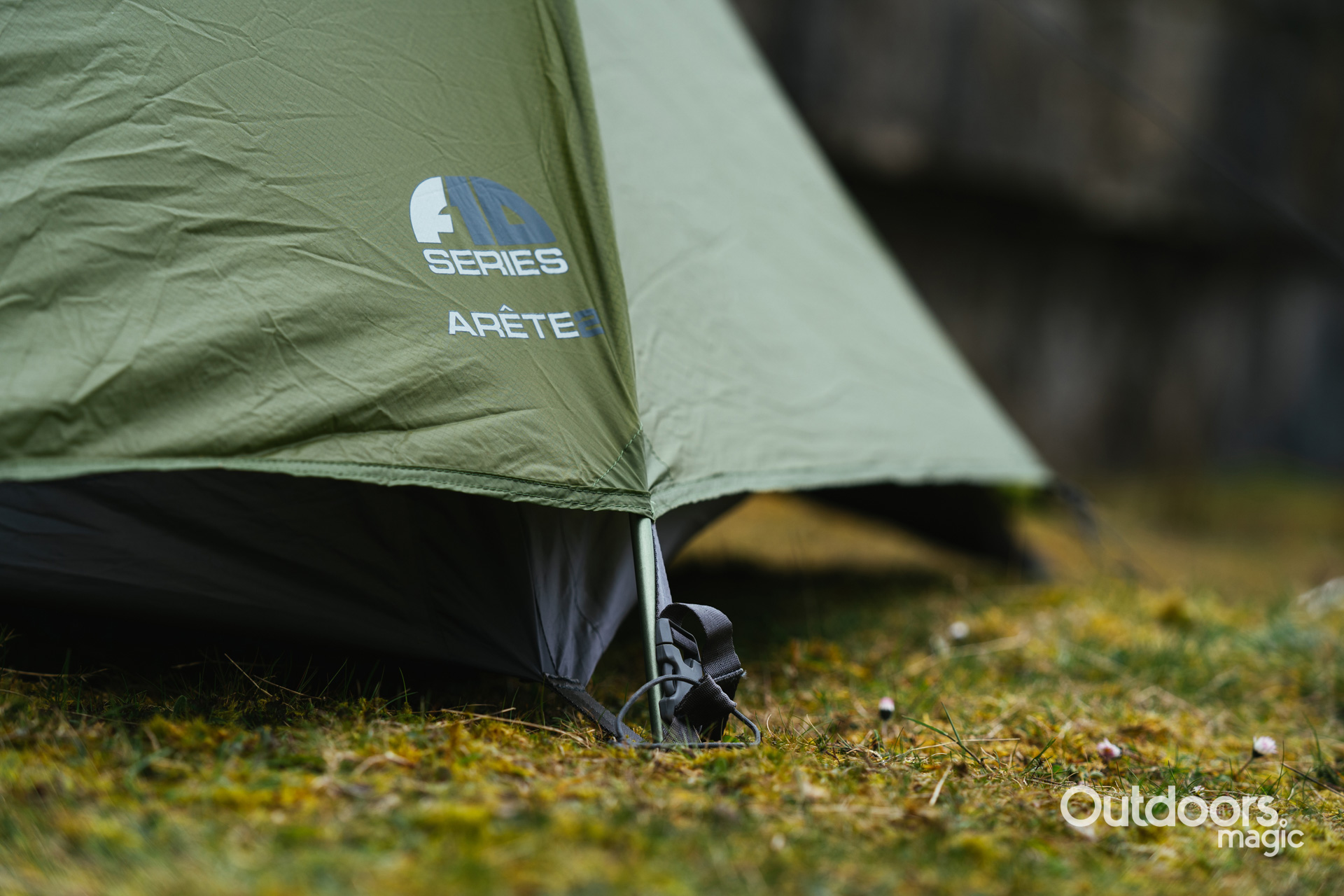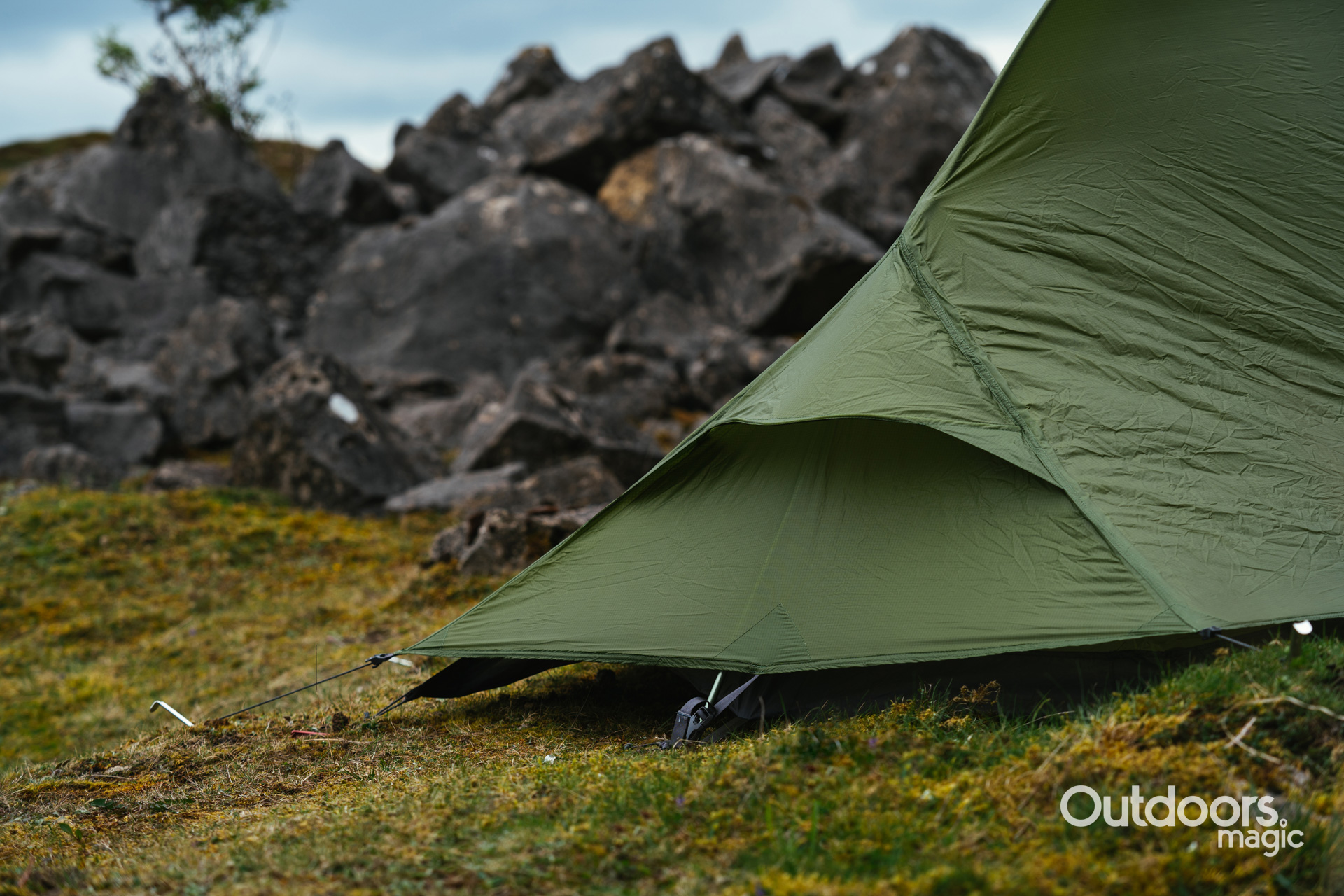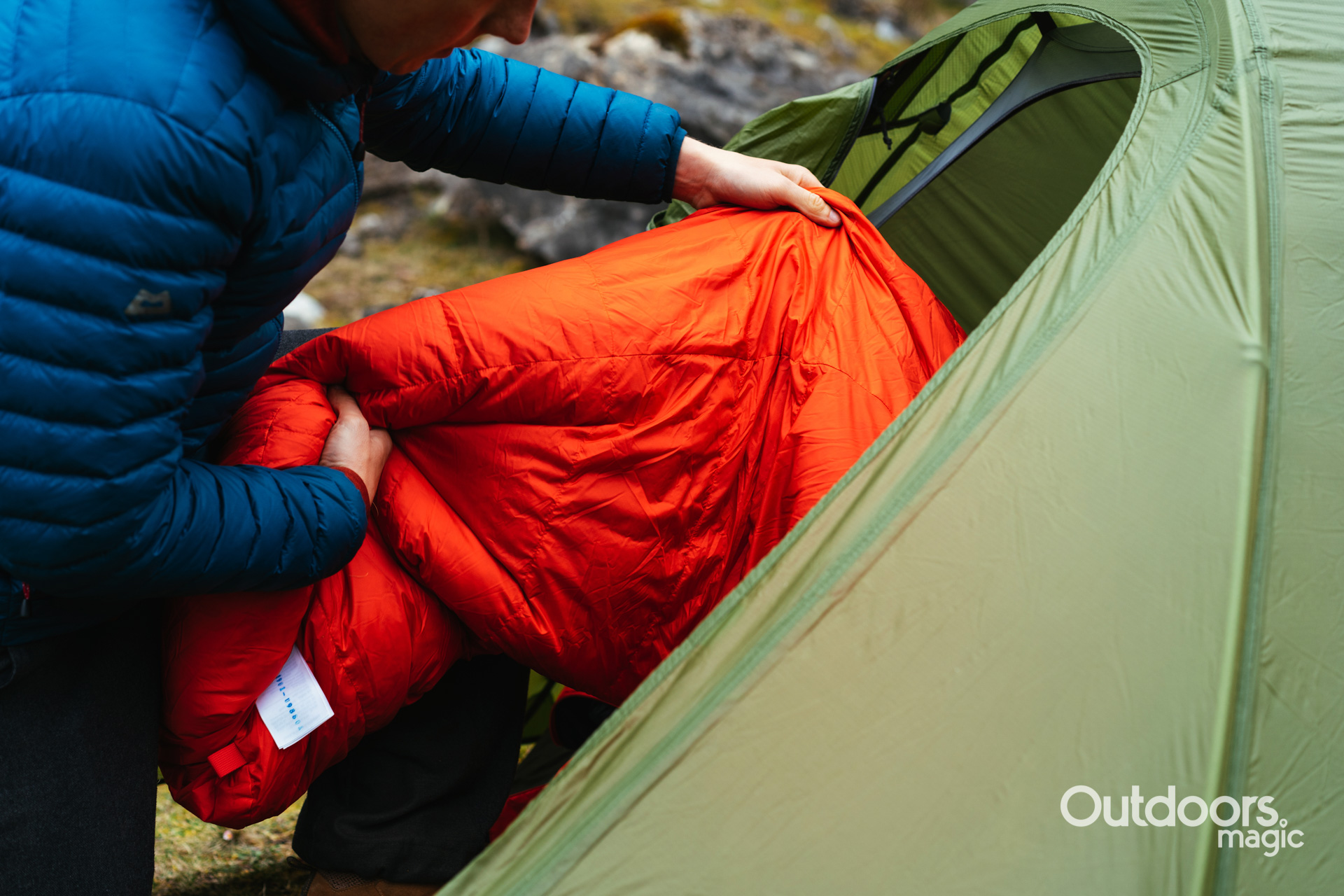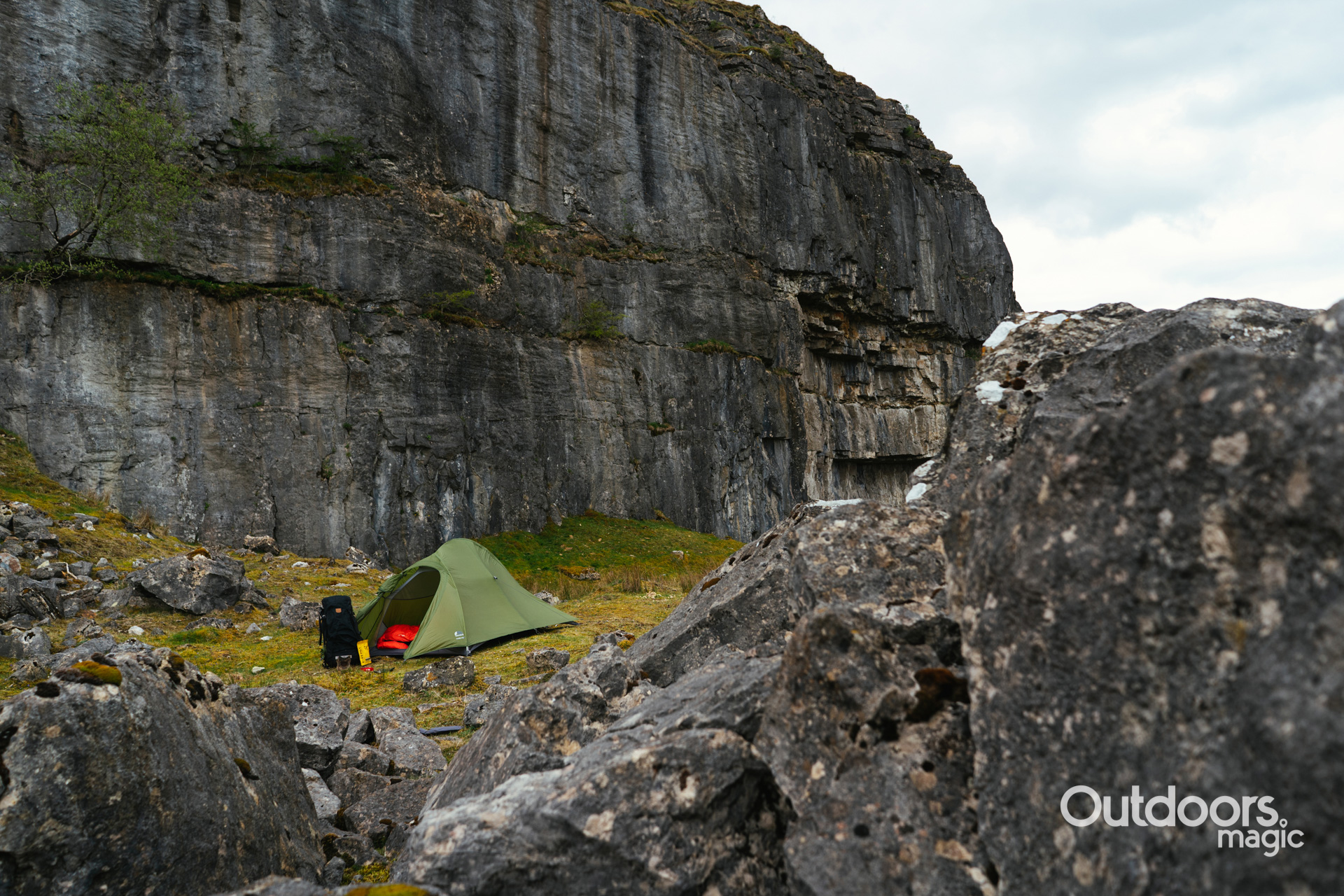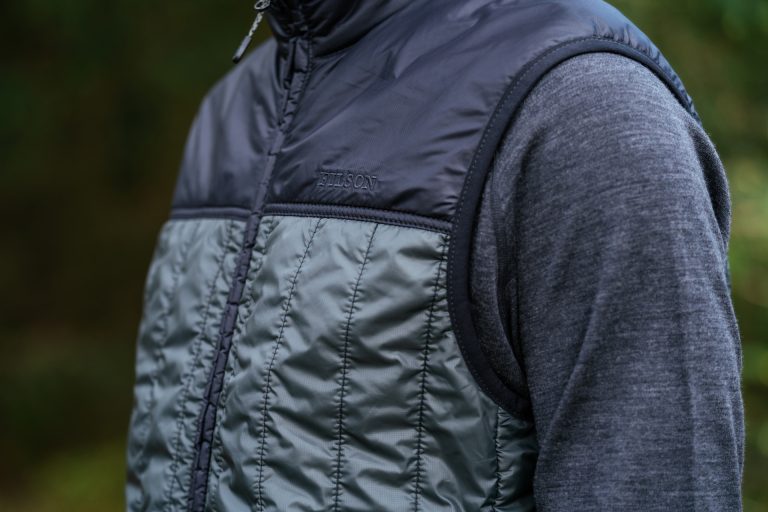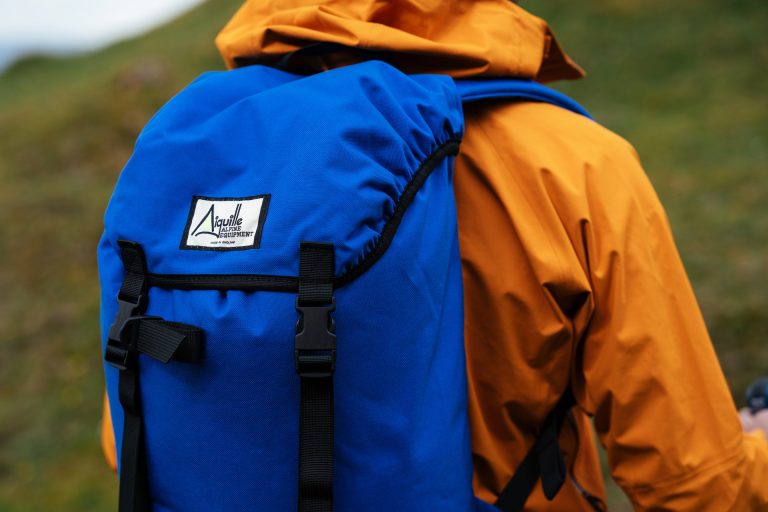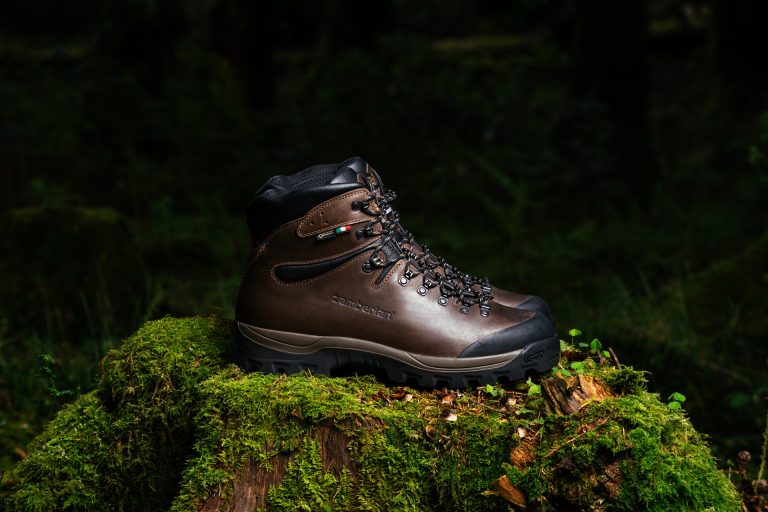Why We Chose The Force Ten Arête 2 Tent: Easy to pitch, reliable, good quality materials.
The first Force Ten tent arrived way back in 1967, it was a bright orange ridge tent design able to withstand, as its name suggests, some of the most extreme weather conditions. It was a hit, and has since come to be regarded as a cult classic, with most campers over the age of 35 likely to be able to recall a memorable night under the glare of that orange canvas.
Today, Force Ten is a subsidiary brand to Scotland-based Vango, that company well-known by any person who’s ever undertaken the Duke of Edinburgh award scheme. Don’t take this the wrong way, but Force Ten seems to be their outlet for flexing their muscles a little bit; their way of showing what kind of higher spec designs they can come up with without looking like they’re moving away from their usual market – those looking for good enough quality, but without the high price.
“It was able to withstand, as its name suggests, some of the most extreme weather conditions.”
The Force Ten range today includes backpacks and down sleeping bags, plus a number of tents including this two-person option called the Arête.
It’s an interesting free-standing design (albeit one that’s been seen before) that involves a single pole that forms a spine across the tent and forks the front end to prop itself up.
The inner pitches first and the flysheet is thrown over it, then clipped on and pegged down. Some may see the inner pitch first design as a drawback when camping in the moist climate of the UK as it will leave the inner mesh fabric exposed when the tent is erected. The flipside is that on hot and dry nights it can be slept in without the flysheet while still protecting the occupants from insects.

